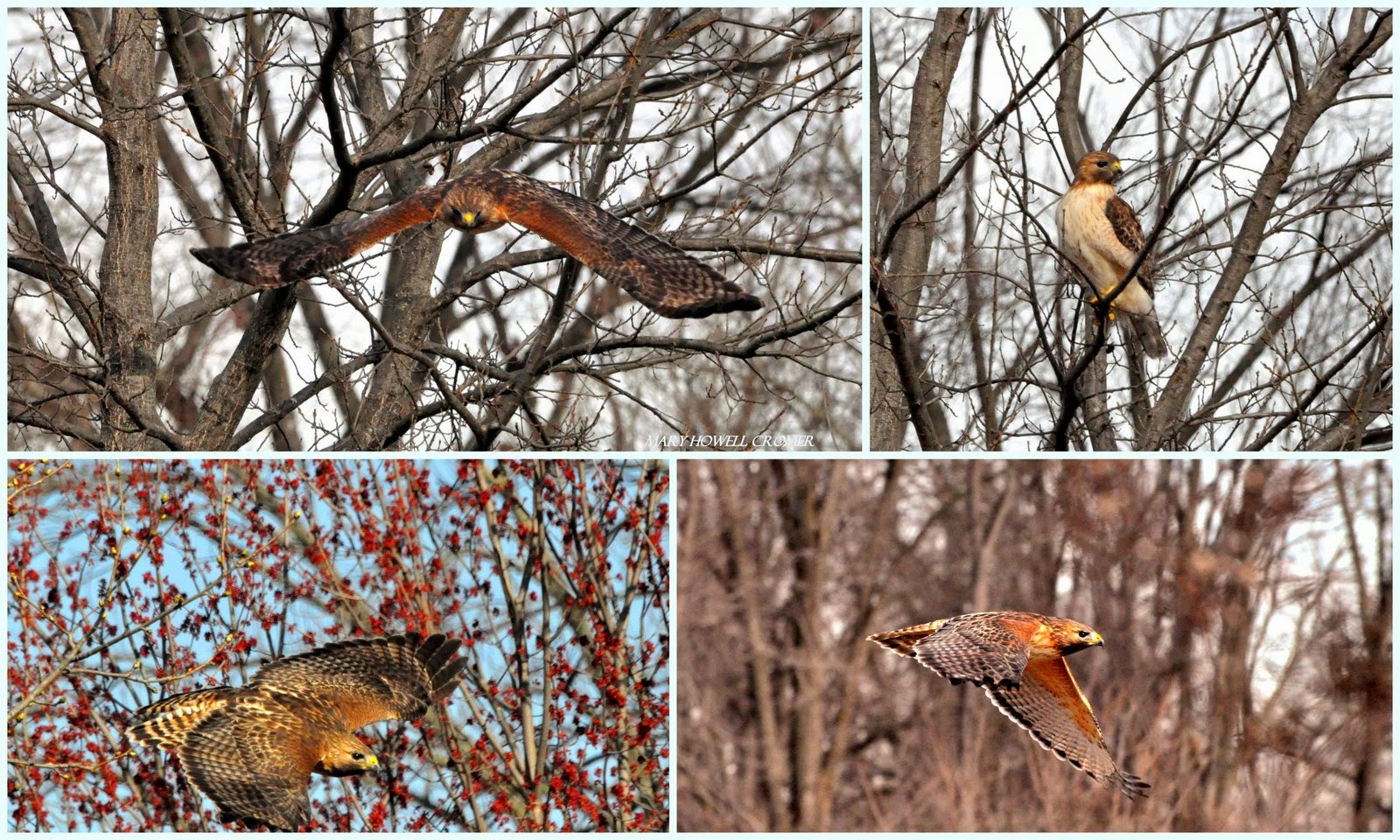
The path wandered upwards and over a gas line corridor before it eventually terminated in an open meadow that marked the border of Acton, and a different conservation area called Stoneymeade. Eventually, I decided that no one was coming home here, and made for the third trail. Those droppings look fresh! Or do they? Maybe the babies have already left? Or maybe this is last year’s nest! Or is this where a Great Horned Owl has commandeered an old hawk spot? The questions that run through your mind while alone in the woods are tough to be sure on. After a few long sessions of waiting with no action, my mind flipped back and forth on whether to stay. Looking closer, big spots of the trunk were stained white with droppings - surely this was some sort of a raptor’s nest! I patiently watched from a safe distance, and swatted at mosquitos while I waited for the inhabitants to hopefully come home. No photo opps here, so I forked off to the next trail.Īt the edge of an overgrown wetland area, I spotted a large mess of sticks at the high crotch of an evergreen tree. I barely caught a glimpse of the bird soaring above the trees, but I was sure that this voice was not your average Red-tail.
#Red tailed hawk vs red shouldered hawk series#
There were very few areas of open sky, something that frustrated me as my first hawk in this spot made itself known with a series of repeated calls. The first trail led me down and through a wet basin with a thick canopy overhead. The reservation consisted of three well-defined trails that delved through a thick, buggy forest.
#Red tailed hawk vs red shouldered hawk Patch#
My second stop was a small, unpopular patch of wild called Annursac Conservation Land in Concord that I had never visited before. All in all, this was a fine place for walking the dog, but I’d have to do quite a bit of waiting to see any hawks. I stuck around for nearly an hour, and walked part of the perimeter of the pond. Great bird, but not exactly what I had in mind. It seems liked the open area and high perches would be a ripe place for hawks, and sure enough, as soon as I got up there, a plump Red-tail cruised overhead and staked out on top of a tower. I hiked up to a rocky outcrop on what is known as Horn Pond Mountain, a wide open space with a fine view, and some massive power lines running through. My first stop was a place called Horn Pond in Woburn. I checked recent eBird sightings, and made a plan to hit a few hotspots just west of Boston, where RSH’s had been reported this month. On this bright Sunday, I had a specific notion to knock the Red-shouldered Hawk off my list. Note the grayish head that is common with these southern subspecies. The below bird gave me some incredible looks as it hunted grasshoppers at sunset along a canal at Shark Valley in 2013. I have had the pleasure of seeing RSHAs on two vacations - once in Northern California, and an amazing encounter in Everglades National Park in Florida. Adult birds also have a dark 'trailing edge’ of their wings. From underneath, you might also be able to spy the somewhat translucent ‘crescents’ or 'commas’ near the tips of the wings. In flight, these hawks have a somewhat circular wingspan, such that it might look like the wings are reaching forward, slightly more so than say a Red-tailed Hawk. And yes - it’s not just a clever name - you’ll see a red-orange shoulder patch on some birds, although this is not always easy to see.


The chest is barred red and orange, and the tail is black with thin white bands. However, as this post will go on to show, they (especially juveniles) can be actually pretty similar to a few other species, especially from the air! While reddish-brown all over, the edges of the wings are a unique black and white checkered pattern that is a good field mark. Red-shouldered Hawks should be easy to spot - the adult bird has beautiful, distinct markings. Typical of most hawks, they’ll feed on a wide variety of foods, including mammals, reptiles, amphibians, the occasional bird, and even large insects. They can be found in all kinds of habitats, from swamps to forests to beaches, and even a lucky suburb. There are five distinct sub-species - four of them East of the Mississippi, that range from Florida to Nova Scotia, and one that hangs out exclusively in California. The Red-shouldered Hawk is a medium-sized buteo that can be found from coast-to-coast in the United States.


 0 kommentar(er)
0 kommentar(er)
